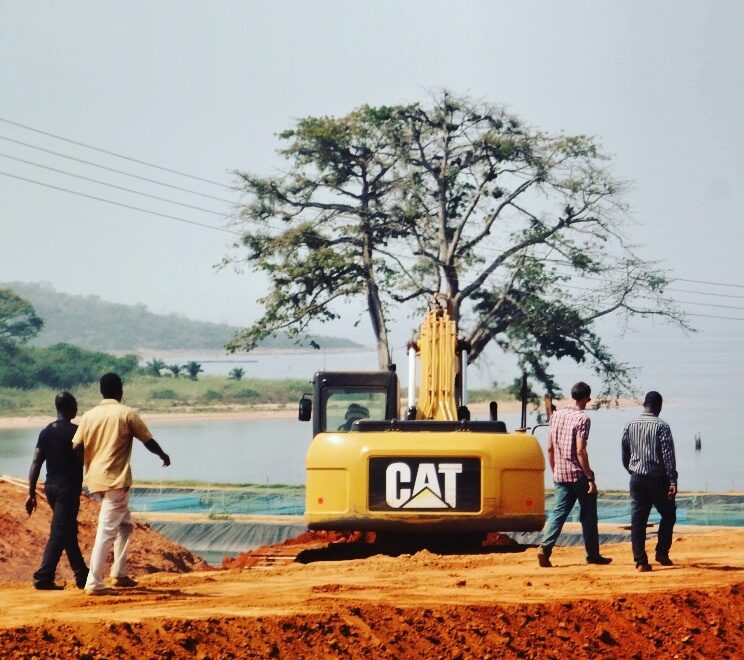
Established in 1997, the client is Africa’s second largest tilapia farm (Lake Harvest Zimbabwe is No.1). Annual tilapia production and sales is over 2000 metric tons.
We have a dedicated 32-acre hatchery at Asutsuare on the Volta River near Akuse where we produce over 20 million production-ready fingerlings per year. Production is at Mpakadan, 6 km upstream of the Akosombo dam on a Deepwater site in the Agina Gorge. This site is pristine. There are no cities in the Volta Basin, no industries upstream and water quality is perfect. Tilapia is native to the Volta Basin – thus we are in true “tilapia territory”. We therefore take care to leave as little an environmental footprint as possible at our production site.Information Technology Challenge
Owing to the scattered nature of the various business units geographically especially the production sites on the Volta Lake, it was nearly impossible at first to digitize production data and extend IT infrastructure services to the offshore production Team.
Also, owing to the nature of the business objective of The Client, taking the direct management of an Information technology team and its infrastructure was likely to derail the business objective of the entity. Since the company had a business objective that was solely undigitized (i.e., unautomated) in our part of the world, another major hurdle to was to get a core application and it corresponding infrastructure that could handle its business processes; from production to sales.Another challenge was that; since most the company’s critical servers were collocated in Accra, access to these services by the farm, administration and branch office was a hurdle for the management.
Resolution Approach
Using a series of relay stations and mounted masts Wide Area Network (WAN) was extended from Accra to Anyaase. Engineers were meticulous to use only the best non-corrosive and powerful radio transmitters and receivers boasting of the latest technologies the IT world has to offer in terms security and performance.
Our engineers opted for wireless technology but using cables as a backbone to reduce clutter and enhance mobility of users, the vast distance between buildings also made this choice the most logical one.The aim was the ability of the project to link users and their data directly and securely to the centralized storage hub located in Accra, using VPN.
To overcome the objective of outsourcing the management of IT infrastructure and personnel, Liranz limited was tasked with the responsibility of total IT outsourcing which included the management of the infrastructure and personnel as well. Critical application servers were designed and deployed to support the operations of the business unit. To support and protect these mission critical systems, an active directory system was designed in tandem with best practices. In addition, other corporate firewalls as part of a robust security system were also implemented.

